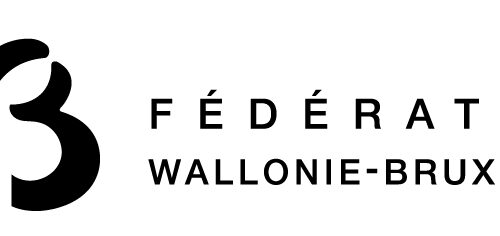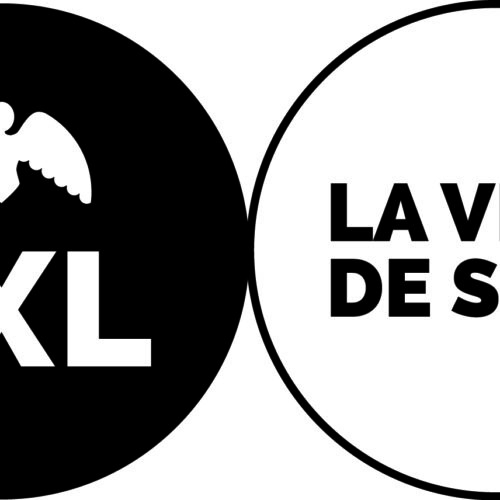Am Vorabend des Sühnetages.
Objet musée
Numéro d'inventaire : 08131
Titre : Am Vorabend des Sühnetages.
Dénomination contrôlée : Oeuvre d'art-gravure
Désignation de l'objet : Copie d'une gravure d'une peinture de M. Oppenheim : Am Vorabend des Sühnetages: la veille du jour du grand pardon
Dimensions : 27,0 cm x 38,0 cm
Mode d'acquisition : don
Source de l'acquisition :
Personnes/Organisations liées : Oppenheim, Moritz
Datation (période) : fin XIXe siècle
Date de production :
Provenance géographique : Allemagne
Provenance géographique :
Informations historiques : This painting by Moritz Daniel Oppenheim portrays men and women entering the synagogue separately on the eve of Yom Kippur (the Day of Atonement). The couple at the focal point of the painting are holding hands before they separate for the service. The men enter bowing, possibly out of respect for the solemnity of the day. Young boys can be seen in the men’s section of the synagogue carrying prayer books. One is being blessed on his head by his father or grandfather – another tradition of Yom Kippur. Through the doorway and to the right, women are depicted climbing up to the women’s section of the synagogue. The sun is setting in the distance, indicating that the service, which starts at sundown, is about to begin. There are two lit candles to the right of the door, which could resemble the candles traditionally lit by women at the start of Yom Kippur. On the opposite side, to the left of the door, there is one lit candle, possibly a yahrtzeit (memorial) candle that traditionally stays alight for the entire twenty-five hours of Yom Kippur. The men are wearing kittels, the traditional white cotton robe worn on Yom Kippur. The white of the kittel alludes to the purity of the day. The German caption underneath the painting reads, “On the Eve of the Day of Atonement.” This postcard is from a calendar published by Tomor, the kosher margarine manufactured by Sana. Each month of the calendar was illustrated with a painting by the Jewish artist Moritz Daniel Oppenheim. Yom Kippur is the holiest day of the Jewish year and takes place on the tenth of Tishrei. It is customary for Jews to fast, wear non-leather shoes, and spend the day praying in the synagogue. The day focuses on the idea of atonement and repentance. It is traditional to wear white garments, replicating the purity and holiness of the angels.
![[VIDE]](https://www.col.mjb-jmb.org/media/collectiveaccess/images/2/4/2/97082_ca_object_representations_media_24207_large.jpg)






